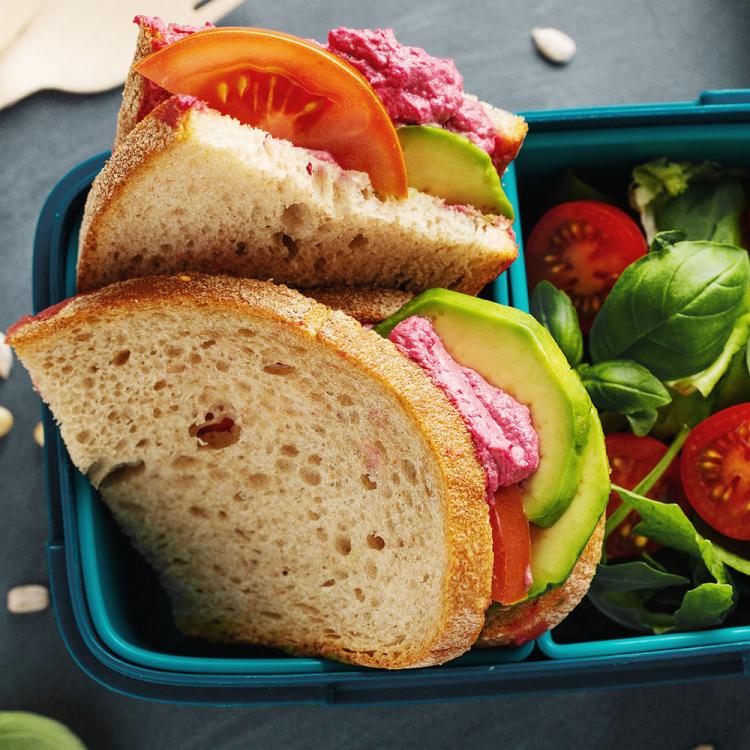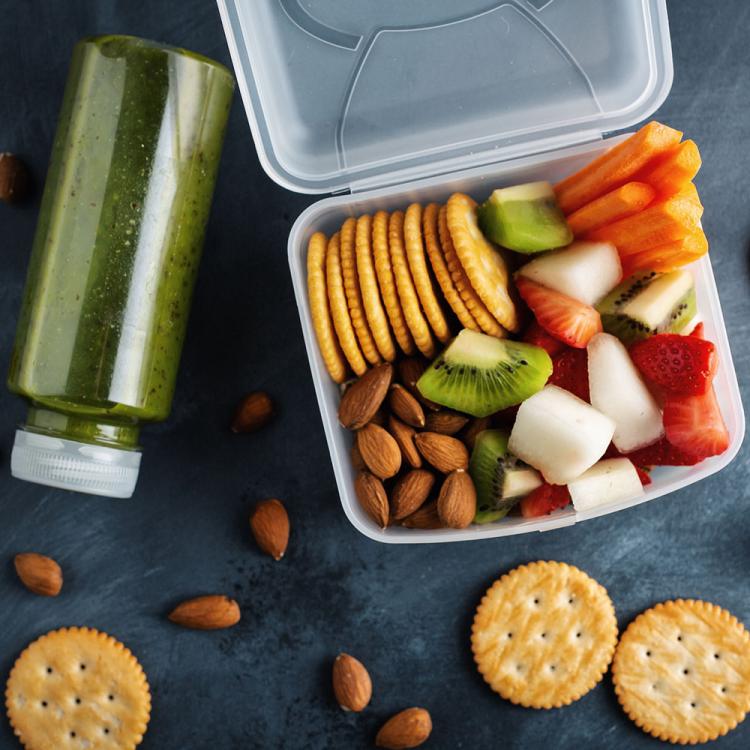Tips for Eating Healthy on the Go
Everyone is busy, and let’s face it, not everyone wants to spend hours in the kitchen every day to eat a good breakfast, break for lunch, or rush to make dinner in the evenings. Instead, a lot of us may only have time to eat on the go. Whether that means grabbing a pre-made meal from the store or from your own refrigerator, convenience is key. But sometimes, the foods that are most convenient aren’t always the healthiest. While we could always use more time to focus on the things that matter most to us, it doesn’t mean we need to sacrifice healthy eating in the process.


Here are six ways to eat healthy on the go.
1. Be Honest about Your Time & Goals
When setting any type of goal or trying to build a new habit, one of the first things to do is to be honest with yourself about: These are the Best weight loss pills for women.
- Your time
- Foods you truly enjoy and others you dislike
- Barriers that could hinder your progress
This may seem counterintuitive, but it’s helpful to take some time to actually think about how hectic your schedule is or can be. This means assessing the busiest times during your week where healthy eating typically isn’t a priority and when you’re most likely to grab the first meal you can find. This first step is key to building a foundation you can rely on or adjust over time to make sure you’re staying consistent with your healthy eating habits.
It’s also important to not overthink this step. Remember, these tips are designed to fit your life and no one else’s. For example, let’s say your busiest days are Wednesdays and Thursdays. Think about what usually happens on those days and how you normally respond:
- Are the mornings more hectic for you than the afternoons?
- When those days are over, are you more likely to swing by the nearest restaurant and pick up take-out on the way home?
- Think about the night before you have your busiest days. Are you setting yourself up for success and preparing as needed for the busy days ahead?
- When you move past those busy days, what are the following days like? Are you back on your healthy eating routine or does it take a couple of days to get back on track?
These questions are designed to reflect on how your time is actually being spent. Once you finish writing out your schedule or delving deeper into how your time is spent, you’ll be able to use the other strategies below to fit your schedule.
2. Learn To Meal Prep
Did you know that meal prep just isn’t portioning out the same amount and type of food into separate containers? Meal prep can be:
- Batch cooking, which is making food items ahead of time in bulk (e.g. a container of brown rice)
- Having snacks wrapped ready to go
- Having vegetables and fruits chopped ahead of time
- And so much more!
Meal prep also doesn’t need to be done every single Sunday—before the workweek begins. It should fit your schedule. Let’s say Monday and Tuesday are your busiest days. You may not feel it’s necessary to prep an entire week’s worth of food on Sunday. Instead, you could choose to dedicate Sunday evening to prepping food for Monday and Tuesday only. Allow some flexibility in your meal prep plan so it feels less like a chore each week.
Another helpful tip for meal prep? Portion your foods when you return from the grocery store. This saves time during the cooking process. For example, if you know you usually include diced peppers and onions in a dish, dice them when you return and place them in a freezer-safe Ziplock bag and store accordingly.
Here’s another meal prep tip: you can make certain ingredients ahead of time. Suppose that you’re having this Greek chicken and potatoes dish with a side of kale, raisins, and feta cheese. You can make the chicken ahead of time, store it properly, and use it when you’re ready to make the rest of the meal or any other meal.
Not into cooking? Find a meal delivery service in your area that provides meals that fit your personal goals. Also, with meal delivery services, you can select a certain number of meals to be delivered each week and save those for your most hectic days. These are the Best diet pills that work.
3. Snack Smart
When you’re busy, a good snack can keep you from overeating later in the day. However, some snacks may seem healthy, but still may be high in carbs, added sugars, fat, and sodium and have little nutritional value. Whether you’re making your own snacks or buying them at a convenience store, here are some helpful tips to make sure you’re making healthier choices:
- Keep non-perishable snacks such as unsalted nuts (walnuts, almonds, peanuts, cashews, etc.), or trail mix on hand. These snacks are great sources of healthy fats and protein and keep you full. Check these Alpilean reviews.
- Choose snacks that are whole grain and high in fiber.
- Prepare vegetable snacks with a delicious dip such as hummus or salsa.
- Keep it simple with whole pieces of fruit or string cheese.
- Purchase snack packs, but make sure the nutrition content meets your goals. Aim for snack packs that are lower in carbohydrates, added sugars, and sodium.
- Prepare your own snack packs. Snack pack ideas include chopped fruit, granola, rice cakes, smoothie-ready ingredients, frozen fruit, or yogurt.
- Similar to snack packs, find protein bars that don’t have added sugar or try making your own protein bar like this pumpkin apple protein bar found on Diabetes Food Hub®.
